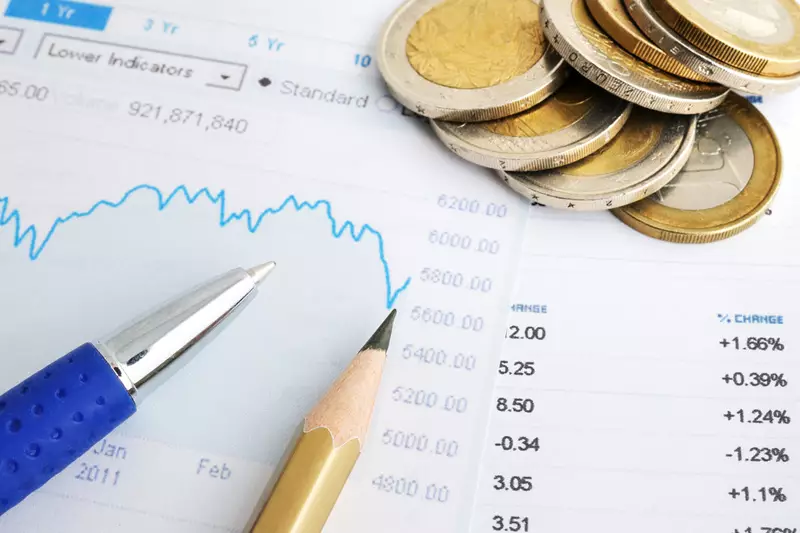Investors have recently shown a bullish sentiment towards the Singapore dollar, marking the first time since mid-December. This positive outlook is largely attributed to the city-state’s robust growth and inflation dynamics, which continue to support the local unit. Long positions on the Singapore dollar have reached their highest levels since early April 2023, indicating a growing confidence in the currency. On the other hand, bearish bets on the Malaysian ringgit have decreased to levels last seen in April of the previous year, reflecting a shift in sentiment towards other Asian currencies as well.
The Monetary Authority of Singapore (MAS) has refrained from immediately adjusting its policy settings despite a core inflation reading surpassing 3% in May. The strong growth data in the second quarter, with a 2.9% increase, has provided further support for the MAS’s current stance. Analysts expect the central bank to maintain its hawkish position and keep policy settings unchanged, even though inflation levels dropped to a two-year low in June. The continued appreciation of the Singapore dollar nominal effective exchange rate (SNEER) reinforces the positive outlook for the currency.
Investors are closely monitoring global events, particularly any potential spikes in oil prices due to geopolitical tensions, which could impact the Singapore dollar’s safe-haven status. Singapore’s triple-A sovereign credit rating, backed by strong fiscal and external balance sheets, enhances its appeal as a safe harbor for investors. In contrast, declining interest rates in the U.S. have raised concerns about the strength of the dollar, with markets pricing in a 100% chance of an interest rate cut by the Federal Reserve as early as September. This scenario could lead to lower foreign investments and a shift towards riskier assets, benefiting emerging Asian currencies.
The Asian currency positioning poll evaluates the market positions of nine emerging market currencies, including the Chinese yuan, South Korean won, Indonesian rupiah, Indian rupee, and others. Analysts and fund managers provide estimates of net long or short positions, with a score of plus 3 indicating a significant preference for U.S. dollars. While bearish positions on the Philippine peso and Thailand’s baht have decreased, short bets on the Chinese yuan and the Taiwanese dollar have risen to their highest levels since June 27. Market developments related to advanced semiconductor technology exports from Taiwan to China have added to the uncertainty in the region.
The outlook for the Singapore dollar remains positive, supported by strong economic fundamentals, favorable market dynamics, and regional positioning. While global factors such as U.S. interest rate cuts and geopolitical events may introduce volatility, the city-state’s resilient economy and stable financial standing position the Singapore dollar as a preferred currency within the region. Investors will continue to monitor key indicators and policy decisions to navigate the evolving landscape of the Asian currency markets.

